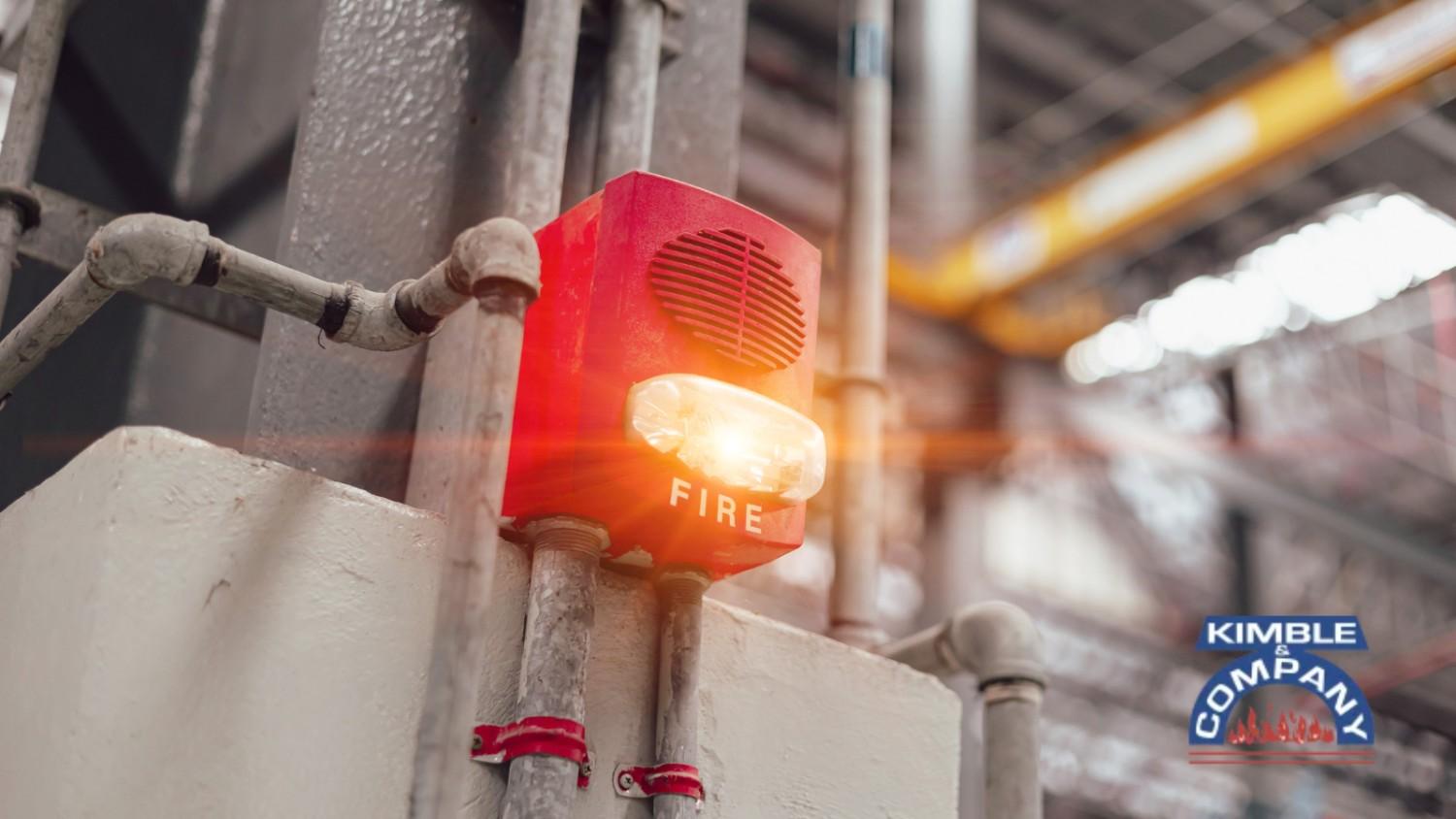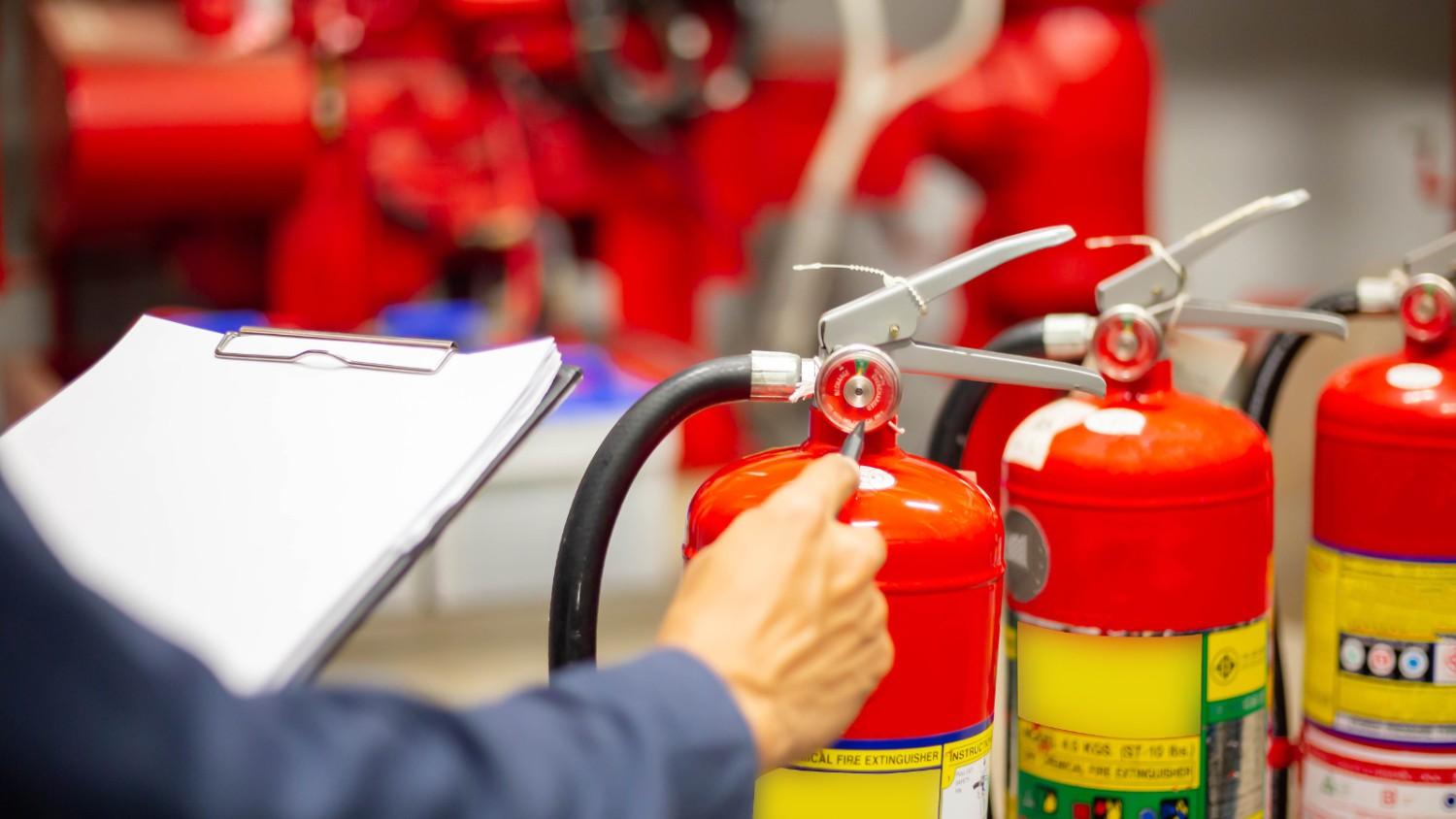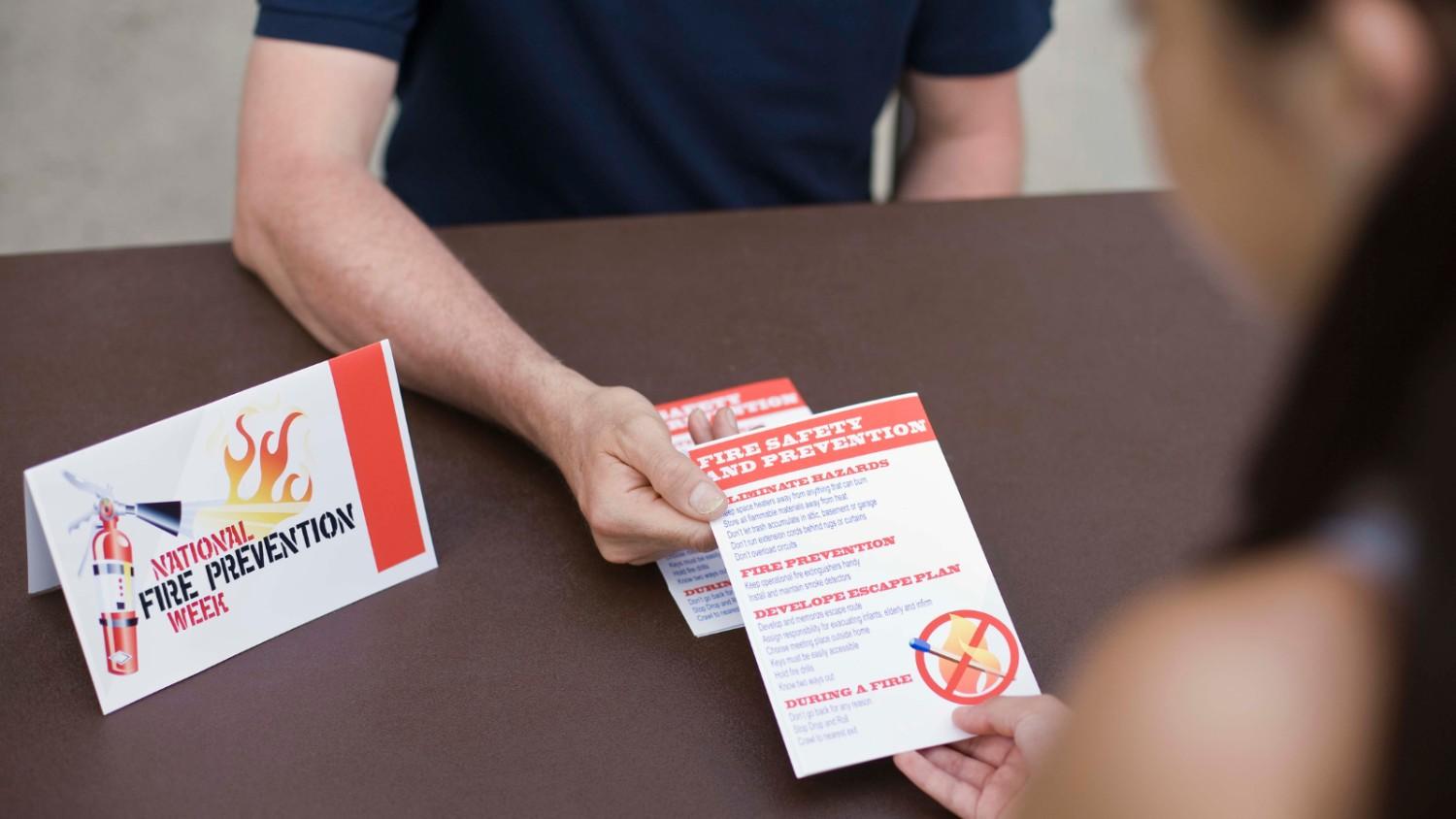Fire prevention isn’t always a top-of-mind concern… until it becomes one. Many facility managers and safety coordinators know the risk is real, but feel overwhelmed by the complexity.
Every industry deals with different hazards, building layouts, operational workflows, and compliance standards. What works in one environment may not be effective in another. The challenge is knowing what applies to your space and how to implement the proper measures without disrupting day-to-day operations.
That’s where clear, actionable guidance helps. In this blog, we’ll break down the best practices for fire prevention in different industries. From healthcare and education to manufacturing and warehousing, each section will highlight what works and why it matters.
Whether you’re reviewing emergency protocols or planning a comprehensive fire sprinkler system, these insights will help you confidently build a safer, more compliant operation.
Defining What Fire Prevention Means
Fire prevention is the strategy for preventing fires from starting. It’s built on practical steps that reduce ignition risks, limit fuel sources, and create safer environments. Prevention goes beyond having fire extinguishers or alarms. It is about actively identifying potential hazards and eliminating them before they turn into emergencies.
At its core, fire prevention is a system of checks, routines, and accountability. That includes inspecting equipment, monitoring storage areas, and keeping up with maintenance schedules.
Good prevention also relies on trained staff who follow safety protocols and respond to early warning signs. As environments, processes, or teams evolve, businesses must adapt their prevention practices. The goal is to keep conditions safe at all times, not just during inspections or drills.
Why Fire Prevention Is Critical for Your Industry
Every industry faces fire risks, but the sources and consequences vary widely. A small oversight in a manufacturing facility could lead to chemical combustion. In a healthcare setting, the same oversight could jeopardize patients who can’t evacuate quickly.
That’s why prevention must be intentional and specific to your industry’s real-world conditions.
Fire prevention also supports legal and operational stability. By staying updated with fire safety regulations, you avoid penalties, meet insurance requirements, and reduce the chance of liability.
And most importantly, beyond compliance, it also helps keep operations running. A fire can mean shutdowns, property loss, and long recovery times. Prevention keeps your business resilient.
Industry-Specific Fire Prevention Best Practices That Actually Work
Fire risks vary across industries, shaped by the nature of operations, materials handled, and facility layouts. To guide you further, below, we delve into effective practices specific to various sectors:
Manufacturing Plant Fire Safety Requirements and Prevention Tips
Manufacturing facilities face high fire risks due to flammable materials, heavy machinery, and high-temperature processes. Preventing fire in this setting means tightly controlling both equipment and workflow.
To reduce fire risk in a manufacturing environment, implement these practices:
- Install spark detection and suppression systems on conveyor lines handling combustible materials.
- Use explosion-proof electrical fixtures in dust-prone or chemical-handling areas.
- Label and segregate hazardous materials to prevent incompatible chemical reactions.
- Monitor machine operating temperatures with infrared sensors to catch early signs of overheating.
When safety is built into the operation, response time becomes secondary. Facilities that invest in predictive systems and clear labelling reduce both risks and downtime. It’s about integrating fire safety directly into production planning.
Hospital and Healthcare Facility Fire Prevention Guidelines
Healthcare facilities carry unique risks due to oxygen-rich environments, electronic medical equipment, and vulnerable patient populations. Fires in these settings require both structural safeguards and well-practiced emergency plans.
Key prevention strategies in medical facilities include:
- Use fire-rated doors and compartmentalization to isolate and contain fire spread between treatment zones.
- Install medical gas shutoff valves with clear access for emergency use.
- Position nurse call panels and alarms in patient areas for rapid communication.
- Designate fire warden roles for each shift to ensure organized evacuation and quick coordination.
In healthcare, lives depend on systems that work under pressure. Fire prevention must account not just for equipment safety but also for the ability to move and protect patients swiftly. Preparedness isn’t optional. Instead, it should always be a standard.
School and University Fire Safety Best Practices
Schools and universities must keep large groups of people safe, often including minors or young adults unfamiliar with fire safety. These institutions also house labs, cafeterias, and dormitories, each with different fire risks.
Here’s what works best in educational environments:
- Install lab-specific suppression systems like gas shutoff valves and chemical fire extinguishers.
- Designate fire-safe dormitory protocols with student-led floor captains and posted evacuation maps.
- Integrate smart alarm systems that connect to campus-wide networks for real-time coordination.
- Secure art studios and shop classrooms with fire blankets, flame-resistant materials, and special exhaust systems.
Campuses need layered protection based on building type and use. Strong infrastructure must be paired with clear, consistent student engagement. The more students understand their role, the safer everyone becomes.
Office Building Fire Prevention Strategies for Businesses
Offices may not seem hazardous, but overloaded circuits, dense paper storage, and lax exit maintenance can quietly increase fire risk. Prevention here is about consistency and clarity.
To ensure fire safety in an office setting:
- Centralize server equipment in fire-rated IT rooms with gas-based suppression systems.
- Implement surge-protected power management systems to prevent outlet overloads.
- Log and tag all fire alarm installation records for compliance and quick reference.
- Install keycard-controlled emergency exits that automatically release when alarm activation occurs.
Fire risks in office buildings grow when assumptions replace inspections. Simple oversights, like ignoring exit blockages or delaying system updates, can cost more than downtime. Being proactive protects both people and operations.
Restaurant and Food Service Fire Prevention Requirements
Kitchens combine grease, flame, and electricity in high-heat, fast-paced settings. Fire safety in this space must be automatic, intuitive, and built for quick response.
To control fire risks in food service settings:
- Install baffle-type grease filters that reduce flame penetration in exhaust systems.
- Set up timed shutoff valves for deep fryers to cut the fuel supply after business hours.
- Require non-slip mats and clear paths to fire extinguishers to reduce response delays during emergencies.
- Use fire-rated cooking oil storage containers in areas away from open heat sources.
A well-protected kitchen protects staff, customers, and the business’s reputation. Fire safety here starts with engineering controls and ends with rapid, trained response. Every second counts.
Warehouse and Distribution Center Fire Safety Protocols
Warehouses present large, open spaces with varied storage configurations. Fire can spread quickly if storage practices or systems are not designed with precision.
Here’s how to reduce fire hazards in warehouse environments:
- Use in-rack sprinkler systems for tall shelving where ceiling-level systems won’t reach effectively.
- Implement barcode-linked inventory mapping to identify hazardous goods during an emergency quickly.
- Rotate stock regularly to avoid long-term buildup of expired or deteriorating packaging.
- Designate forklift charging stations away from flammable inventory with ventilation and fire suppression.
Warehouse fire safety is about spatial awareness and risk mapping. Systems must be dynamic enough to adapt to layout changes and inventory shifts. A single spark in a packed aisle can become a facility-wide emergency.
How Kimble and Company Helps with Fire Prevention
Kimble &Company provides tailored fire protection services for businesses in every industry. We understand the unique risks associated with manufacturing, healthcare, education, food service, and commercial operations.
Our team evaluates your space, systems, and procedures to design a fire prevention plan that fits how your building functions daily. We focus on minimizing risk while supporting compliance, safety, and long-term business continuity.
From system design and fire alarm installation to regular inspections and code updates, we manage every detail with precision. Our team stays current with evolving regulations and brings hands-on experience to every job site.
If you’re ready to integrate fire prevention into your operation, call Kimble and Company today. We’ll help you protect your building, your people, and your peace of mind.



